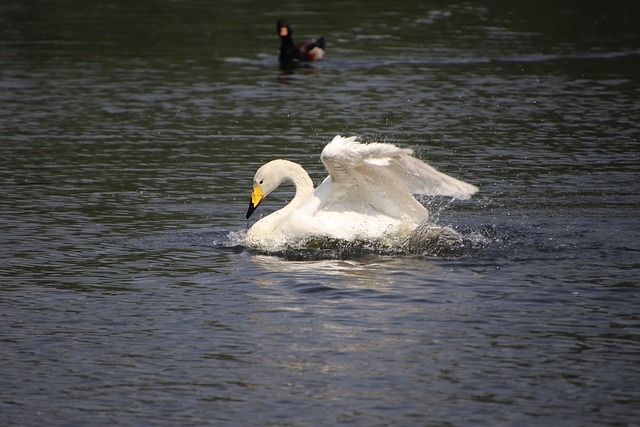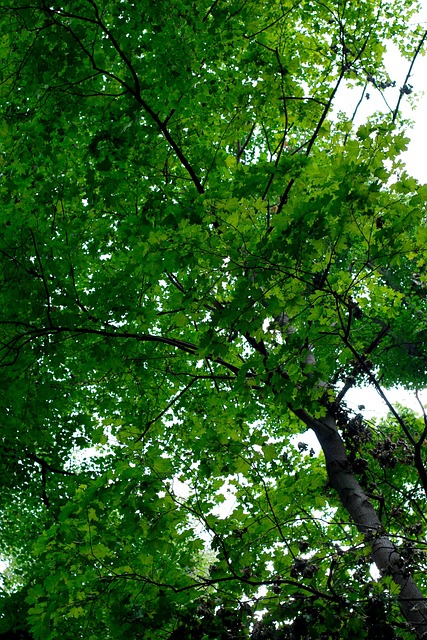bichos palos ✔ Bichos Palos: A Journey into the World of Nature's Artisans

Bichos Palos: A Journey into the World of Nature's Artisans
In the heart of our diverse ecosystems, a fascinating group of organisms stands out for its remarkable adaptation and intricate behaviors. These creatures, known as bichos palos, or stick insects, embody a captivating blend of artistry and survival strategies that continue to intrigue scientists and nature enthusiasts alike. As we delve into their world, we uncover the significance of these extraordinary insects and the vital role they play in maintaining ecological balance.
Bichos palos are often celebrated for their stunning mimicry. With bodies that closely resemble twigs, branches, or leaves, these insects possess an unparalleled ability to blend seamlessly into their surroundings. This remarkable camouflage serves as a primary defense mechanism against predators, allowing them to evade detection while remaining perfectly still. Such adaptations not only highlight the intricacies of evolution but also serve as a testament to the wonders of natural selection.
The life cycle of bichos palos is a marvel in itself. These insects undergo a series of molts as they grow, shedding their exoskeletons to accommodate their increasing size. Each stage of their development is marked by changes in appearance, with younger nymphs often displaying vibrant colors and patterns before maturing into the more subdued hues characteristic of their adult forms. This transformation not only serves as a survival tactic but also reflects the dynamic nature of life in the wild.
In addition to their fascinating morphology, bichos palos also exhibit intriguing behaviors that further enhance their survival. Many species are herbivorous, feeding on a variety of leaves, which they often select based on availability and nutritional value. This dietary preference not only influences their growth and reproductive success but also plays a crucial role in the health of the ecosystems they inhabit. By consuming specific plants, they contribute to the regulation of plant populations, ensuring a balanced environment for other species to thrive.bichos palos
Moreover, the mating rituals of bichos palos are as captivating as their appearance. Males often engage in elaborate courtship displays, showcasing their strength and vitality to attract females. These rituals can involve intricate movements and posturing, underscoring the significance of reproductive success in the survival of the species. Once mated, females exhibit fascinating behaviors as they lay their eggs, often burying them in the soil or attaching them to plant surfaces, ensuring the next generation has a safe start in life.
The ecological importance of bichos palos extends beyond their role as herbivores and prey. Their presence contributes to the overall biodiversity of their habitats, supporting a web of life that includes predators, parasites, and decomposers. As indicators of environmental health, these insects can reflect the impacts of habitat loss, climate change, and pollution, making their study crucial for conservation efforts.
Unfortunately, like many species, bichos palos face significant threats from human activities. Deforestation, urbanization, and climate change pose challenges to their habitats, leading to population declines and even extinction in some regions. Conservation initiatives aimed at protecting these insects and their ecosystems are imperative to ensure their survival. Raising awareness about the importance of biodiversity and the need for habitat preservation is a critical step toward safeguarding these remarkable creatures for future generations.
The fascination with bichos palos extends beyond scientific research; they have also captured the imagination of collectors and enthusiasts around the world. Their unique appearance and behaviors have made them popular in the exotic pet trade, leading to increased interest in their care and breeding. However, responsible ownership is essential to prevent over-collection from the wild and to promote sustainable practices that protect their natural populations.bichos palos

In conclusion, bichos palos are more than just insects; they are living examples of nature's ingenuity and adaptability. Their remarkable camouflage, intricate life cycles, and ecological significance illustrate the complexity of the natural world. As we continue to explore and understand these extraordinary creatures, it becomes increasingly clear that our responsibility to protect them is paramount. By fostering a deeper appreciation for the biodiversity that surrounds us, we can contribute to the conservation of bichos palos and the preservation of the intricate ecosystems they inhabit. Embracing their uniqueness not only enriches our understanding of the natural world but also reinforces our commitment to safeguarding its future.bichos palos

Fale conosco. Envie dúvidas, críticas ou sugestões para a nossa equipe através dos contatos abaixo:
Telefone: 0086-10-8805-0795
Email: portuguese@9099.com


